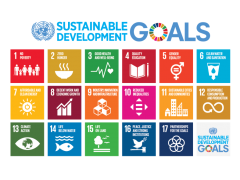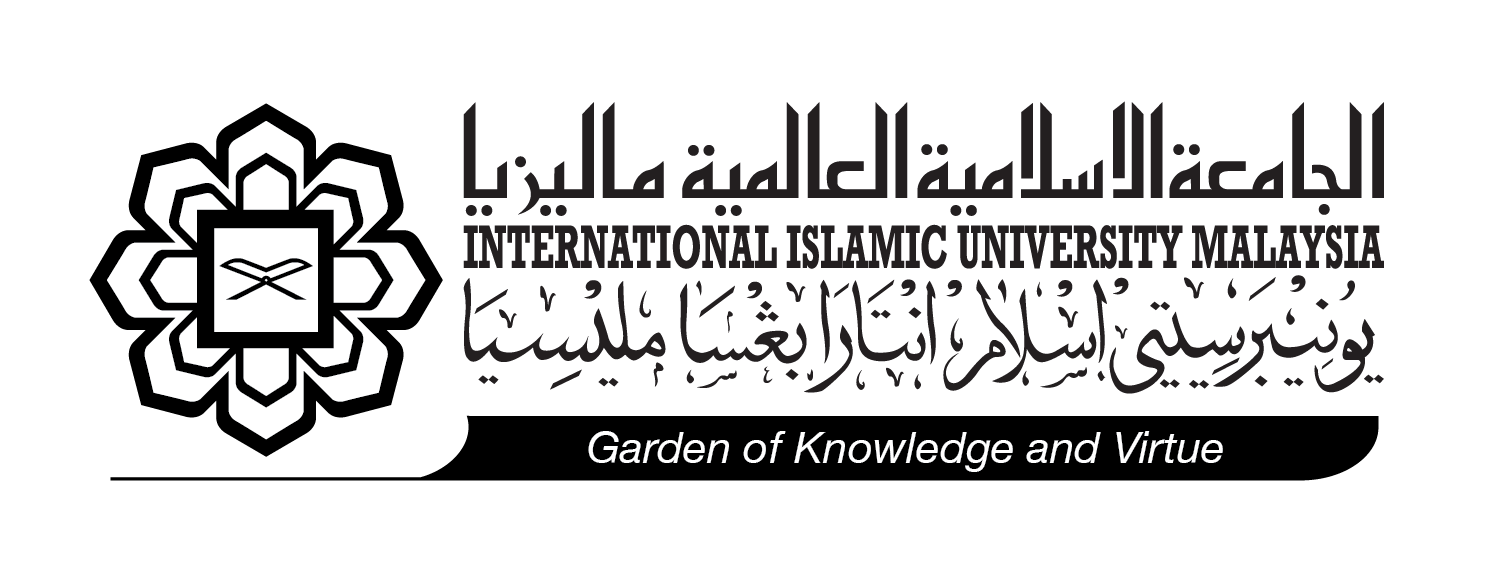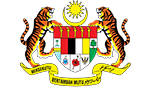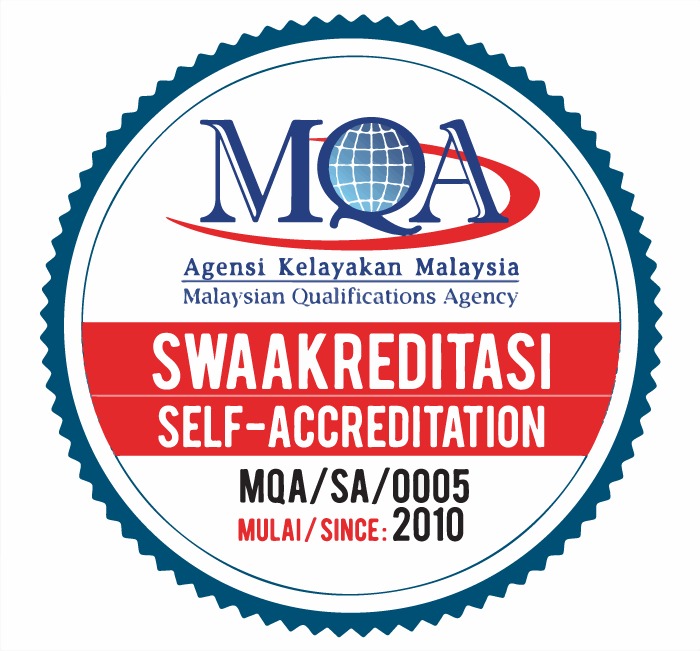Berita

Change Management in International Islamic University Malaysia (IIUM)
Tarikh : 03 June 2019
Dilaporkan Oleh : dsh
Kategori : News
Tweet This
By: Mir Azrul Shaharudin, Director (Administration) at the Centre for Foundation Studies, International Islamic University Malaysia
ABSTRACT: Change is vital to any institution in order to compete in the challenging world. International Islamic University Malaysia (IIUM) was establish more than 35 years ago with a clear vision to become a leading international centre of education excellence for Muslims around the world in all branches of knowledge. In its early years, the university manage to lift up its vision and mission as the beacon for Islamic knowledge. However, after a quarter of a century, their existence began to fade. Competition from other universities, ranking system and political influences had shifted the focus of IIUM. Nonetheless, the new Malaysia after its 14th General Election had resulted changes in the country’s education system and affected IIUM directly. New management team was brought in and changes becoming to take place in the university. IIUM is set to return as the leading international centre of education excellence for Muslim with vigorous change management processes.
KEYWORD: Change, change management, communication strategies, competencies.
------------------------------------------------------------------------------------------------------------
I. INTRODUCTION
International Islamic University Malaysia (IIUM) was inspired during the First World Conference on Muslim Education in Makkah in 1977. Malaysian Government materialized the inspiration in 1982 and the proposal was endorse in the 13th Organization of Islamic Conference (OIC) Islamic Foreign Minister Meeting in Niger. OIC, along with Saudi Arabia, Turkey, Pakistan, Egypt, Bangladesh and Maldives agreed to co-sponsor the establishment of IIUM with Malaysia. The university was then officially established on 20th May 1983. It was founded under the Companies Act 1965 to enable it to use English and Arabic as the medium of instruction to reflect its global stature.
IIUM was awarded as Premier International Islamic Research University (PREMIER) status by ISESCO on 17th December 2014. The University has 14 faculties and 3 institutes in four locations around Malaysia, i.e. in Gombak (Selangor), Kuantan (Pahang), Pagoh (Johor) and Kuala Lumpur. Another new campus is schedule to be opened in Gambang (Pahang) in mid-2019. IIUM’s niche area are in Islamic Studies and Islamic Banking and Finance. They are also rank top 10 in world best varsity debate team.
As of 15th February 2019, there are 30,851 students, including 6,545 (21.2%) international students studying in IIUM. A total of 4,631 staff members, comprises of 1,906 academic staff and 2,725 administrative staff. 256 (5.5%) of the staff members came from 42 different countries from around the world. It has produced more than 86,000 alumni from 117 countries around the globe.
After the Malaysia’s 14th General Election on 9th May 2018, where for the first time ever in Malaysian’s history, the ruling party was changed from Barisan Nasional to Pakatan Harapan. Change in the government brought some impact to the public universities including IIUM. Not only the new government brought in new approach in the education system in the country, there were also changes in the university’s management board where the Rector (equivalent to Vice Chancellor) was change in September 2018 after the tenure of the previous Rector ended. The changes in the government and university management had resulted several changes in the IIUM’s approach including reviewing its Strategic Planning.
II. CHANGE COMMUNICATION STRATEGIES
For a very well establish university, IIUM had keep on improvising its processes, approach and quality in order to compete with other universities in the country and around the globe. In early 2000s, IIUM had started their Strategic Planning and introduced Balance Scorecard (BSC) to measure their achievement. In their first Strategic Planning document which was endorsed in the University’s Senate, eight areas were focused on, namely Entrepreneurship and Consultancies; Research and Development; Postgraduate; Science, Technology and Innovation; Information and Communication Technology; Internationalization; Islamization and Integration; Student Development; and Staff Development. The document was later reviewed in 2007 and changes have been made to the overall strategies and plan of actions in order to accommodate the new IIUM goal, which is to become a research intensified university. Once more, the BSC framework has also been reviewed so that it can monitor
the performance of the new strategic objectives. IIUM also worked on to improve the university’s ranking in Malaysia and globally. To be awarded with Research University status and to have better ranking under QS World University Ranking or Times Higher Education World University Ranking means IIUM has to follow all the requirements and guidelines of the assessment. Year after year, IIUM had drifted away from its vision, niche and uniqueness.
After the new government and university management took over, IIUM had switch their focus from becoming a high rank research university, into a university that should lead the others instead of following the typical approach. The new IIUM Management immediately re-introduce the tagline “Leading the Way” which was first mooted in mid-2000s when they use it as the title of their official university anthem. IIUM is set to become the benchmark for others to follow. Leading the way requires change, improvement, and leadership in the University (Dzulkifli, 2019).
“Tell and sell” communication strategy was use in the beginning of the change process. Staff members were informed of the new policy related changes going to take place in the university. There will be no longer political influences in the university’s operation, as well as the exclusion from the University and University College Act (AUKU) and full utilization of autonomous status given by the Ministry. Staff members and students must change their mind-set to work together toward achieving the new strategic goal which is to be designated by the United Nations (UN) University as one of the Regional Centres of Expertise on Education for Sustainable Development. Sustainable Development Goals (SDGs) was promoted and become the objective of the change. Sustainable development emphasizes the need for economic growth and development but it needs to be a different kind of growth, targeted to the needs of the people and sensitive to the needs of the environment (Pisani, 2006).Senior Managers in the university were briefed on why the university needs to change and timeframe were set. After a few months, the communication strategy was improvised by extending a broader engagement with lower ranking officers and support staff members where town hall sessions and dialogues were held at faculty level. University’s social media was also used extensively to convey the messages and ideas on the changes. Other than the regularly-used website and intranet, IIUM introduced its official IIUM Facebook and Twitter account, and IIUM TV to report on change activities.
III. MODEL OF CHANGE MANAGEMENT USING IN ORGANIZATION
Beer, M and N Nohria (2000) stated that nature of corporate change can be divided into two – Theory E and Theory O. Theory E is basically a change that is based on economic value. On the other hand, Theory O is a change made based on the organizational capability. Both theories are a valid model of change that can achieve management’s goals either direct or indirectly. IIUM’s model of change is more or less similar to Theory O where change strategies are aligned toward reviving its image and culture through change in employees’ attitudes, behaviours, commitment and capabilities.
Basic model of change management used by the IIUM Management involved three main stages where different actions are required from the change agent. This looks similar to Kurt Lewin (1951) model who argued that change has three main stages namely “unfreezing”, “moving” and “refreezing”. The Management mooted the idea of change and the need to change. The idea was to revive the glorious day of IIUM where it was highly respected as the leading Islamic education institution in the world. Secondly, the management moved towards translating the ideas into action in order to move achieving the new goal. A number of approaches were outline to guide the staff members and students to achieve the goal. Finally, the related systems, procedures and roles were redesigned to institutionalize and embedded the new approaches and behaviors to prevent the university community from returning to the old practices.

Going into the details of each stages, model of change management used by IIUM also seem very much similar to the Kotter’s Eight-Stage Model of Transformational Change. The first stage begun with establishing the sense of urgency for IIUM to change and revive its status as the leading Islamic university. In the second stage, strong support from the President of the University who was also the Minister of Education Malaysia and new top management team had formed a good coalition to lead the change. An enhanced vision of becoming the beacon of humanity was in the third stage of this model. Fourth, the vision was communicated thoroughly to all university community by the top management members. Once the vision has been inculcated, the university community was encouraged to share their ideas to remove the obstacles to change, and change the existing structure or systems that undermine the vision. In stage six, the management had to plan for visible performance improvements and reward staff members who is involve in the improvement process. To consolidate the gains and produce more changes, the management had hired a well-known personality who had proven his capability to implement such vision in his previous institution. Finally, the management is expected to institutionalize new approaches and ensure leadership succession. As of March 2019, IIUM had clearly gone through the first five stages, and pursuing stage six and seven concurrently.
IV. CHANGE MANAGEMENT COMPETENCIES
Prof. Emeritus Tan Sri Dzulkifli Abdul Razak was appointed as the 6th Rector of IIUM in September 2018. Within a few months, he managed to understand the areas of improvement and strategize his plan of action to revive the IIUM status as the leading Islamic university. Within six month from the date he was appointed, he manage to get the IIUM community to understand the urgency and need to change immediately. He led the management to draft the plan of actions down to faculty level. Not many people in the country manage to do such work within a short time unless they have a high level of competency in managing change. How do he do it? How he managed to form the team to assist him?
Change Management Institute (CMI) identified twelve skill areas known as “Change Manager Master Level-Competency Model”. This model identify skill areas needed for change managers namely – facilitating change, strategic thinking, thinking and judgement, influencing others, coaching for change, project management, communication, self-management, facilitation meetings and workshops, professional development, specialist expertise (1) – learning and development and finally specialist expertise (2) – communication. Practices shown by the IIUM Rector indicates his competency skills in change management is at the highest level. This is not surprising because prior to joining IIUM, he was the Vice-Chancellor who turned Universiti Sains Malaysia into an APEX University in 2008. To assist him in such a big move towards completing the change, he managed to bring in one other personality who has almost the same drive towards change to IIUM after few months of his tenure. The Rector, who portrays the image of the Director of the change management process, clearly possesses the key competencies for change management, i.e. strategic thinking and facilitating change. In making the change a success, everyone involves in the process must have a good self-management and professional development competencies.
V. CONCLUSION
Change is very important for an organization to keep on competing in the industry. Managing the change is similarly important to make it as a successful process. After 35 years, it is timely for IIUM to change. Change in political scenario in Malaysia did brought some benefits to IIUM. The university is working on the change of its policy, approach and processes in order to revive its role to become a leading Islamic education centre. The top management of the university able to lead the change through experience leader and strong team players. The strategy used seems effective and managed to get the whole university community to participate in the change process. Stage by stage transformational change was done accordingly within a specific time-frame. Clear goals based on the global sustainable development is easy to be referred to. The management competency is very much important to ensure followers are guided throughout the process. IIUM is expected to complete their change processes and get the full result by 2020. As for now, everything seems to be on track and positive results is highly expected.
REFERENCES
[1]. Kamaruddin, Zaleha and Moten, Abdul Rashid (2013) International Islamic University Malaysia: the university with a soul. In: IIUM:
The Premier Global Islamic University. IIUM Press, Kuala Lumpur [2]. IIUM, (2007). IIUM Strategic Plan, 2007-2015. Kuala Lumpur: IIUM
[3]. IIUM, (2013). IIUM 2013-2020 Strategic Plan: Premier Global Islamic University. Kuala Lumpur: IIUM
[4]. Dzulkifli Abdul Razak in: Leading the Way: Realising the Distinctive International Islamic University, IIUM Press, Kuala Lumpur (2019).
[5]. Du Pisani, Jacobus A. (2006), “Sustainable development – historical roots of the concept”, Environmental Sciences, 3(2): 83-96. [6]. Beer, M. and N. Nohria. 2000. Cracking the Code of Change. Harvard Business Review, May-June, pp. 131-141.
[7]. Kurt Lewin’s Stage Model (1951), Retrieved from google images https://culcgooda.wordpress
[8]. Kotter, J.P. 2007. Leading change: why transformation effort fail. Harvard Business Review 85(1): 96-103 (first published 1995). [9]. Information on http://www.iium.edu.my/
[10]. Information on https://www.un.org/sustainabledevelopment/








